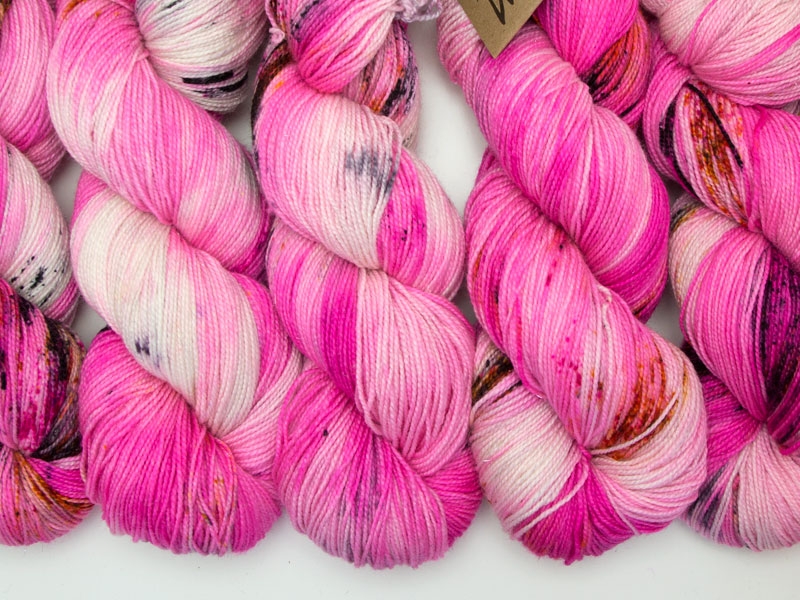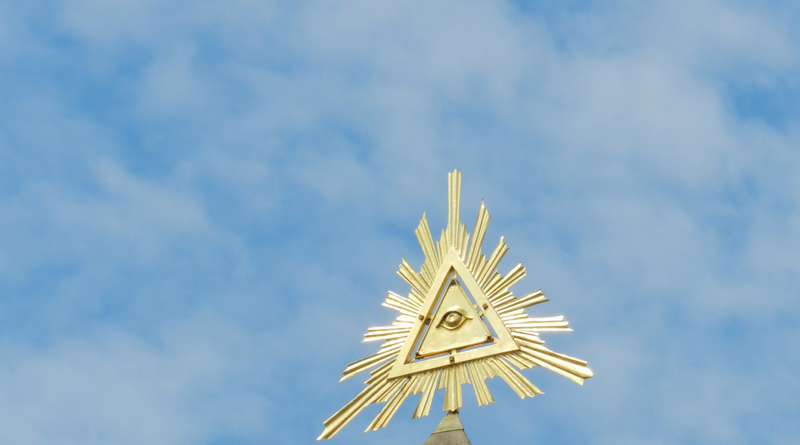Whatever your inspiration may be, it always boils down to three decisions first: You have to decide which yarn, shawl shape and stitch pattern to use. The secret of successful shawl design is to match these three ingredients. I call this process the Shawl Design Trinity.
You start with one element – either yarn, a certain stitch pattern or a shawl shape – and proceed from there by choosing the other two ingredients.

Matching Yarn, Stitch Pattern & Shawl Shape
No matter how beautiful your yarn selection might be, if it does not match the stitch pattern you chose, it does not matter at all. Even the perfect stitch pattern and yarn combination fails if it is not matched with a suitable shawl shape and size.
So what is a good match of yarn, stitch pattern and shawl shape?
For example, bamboo and cotton are excellent fibers to work with but they tend to be heavy. Knitting large shawls in these fibers is generally no good choice because their shape distorts when worn. Besides the fibre content – the thicker the yarn, the heavier the resulting item. There are workarounds, though: Using firm, well-defined stitch patterns helps avoiding these pitfalls. Using open mesh patterns is not the best choice in this case.
Yarn texture is important, especially when working well-defined stitches. For cables, plied textures work much better than singles. They show the stitch pattern better and the pattern looks much crispier and defined.
Singles tend not to be the best choice for items getting heavy wear. Are you designing a delicate lace shawl, or a everyday item that gets used lots? Take this consideration into account.
Color and stitch pattern combinations are a topic of its own. Busy colors tend to mask details in stitch patterns, so if you choose to use stitch patterns with lots of details better use solid or semi-soli yarns.
The specific shawl shape needs to be taken into account about the stitch pattern selection. Rectangular stitch patterns won’t work for triangle shawls and the other way round – you’ll need extra adjustments to make them work.
The shawl design trinity – your basic selection of yarn, shape and stitch pattern – has to be balanced, otherwise your design will not work.
Shawl Design Trinity Example
Let’s say we have two skeins of yarn in our stash we’d like to use for our example shawl pattern, the triangle worked sideways. One is a multi-colour sock weight yarn from Das Mondschaf in the color Childlike Empress, the other one a solid color sock weight from Madelinetosh.
Using the same stitch pattern for both would result in drastically different results. The more complicated the stitch pattern, especially when it comes to lace stitch patterns, the better we’re off with the solid colour.
My choice:
- Das Mondschaf Andromeda, colour: Childlike Empress
- Stitch Pattern: yarn is busy, so I’ll go for garter and maybe some eyelets and brioche stitch!
- Shape: triangle worked sideways





22 thoughts on “The Shawl Design Trinity: Yarn, Shape, Pattern”